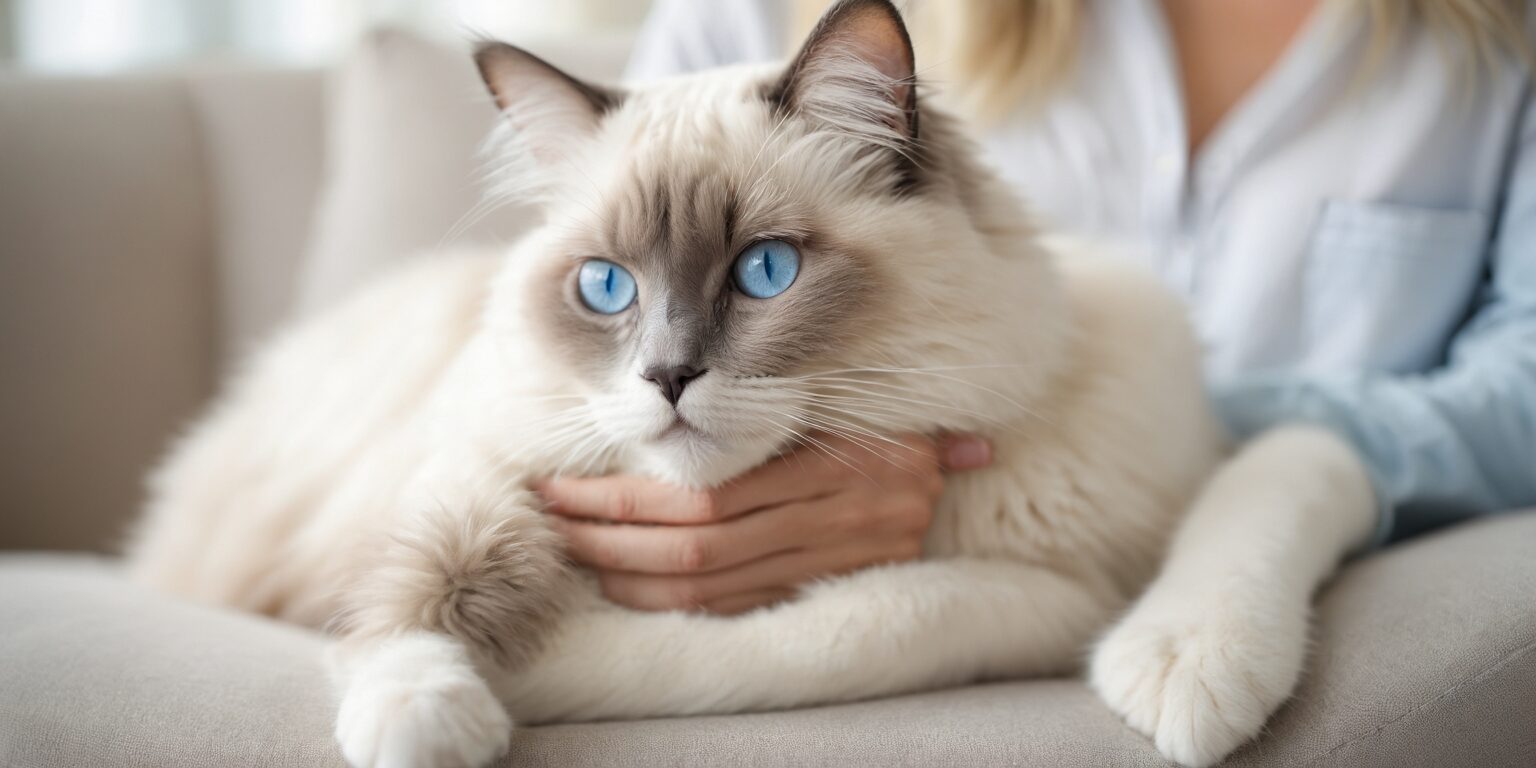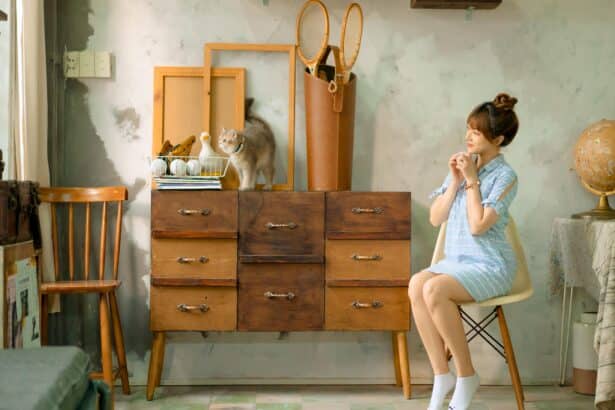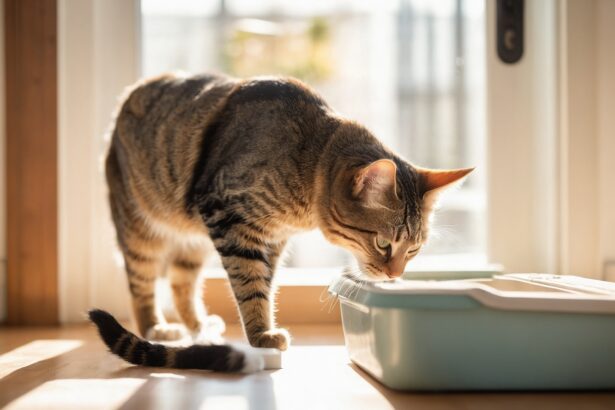Ragdoll at a glance
Big, silky, and oh-so-blue-eyed, the Ragdoll is the gentle giant of the cat world. True to its name, this cat often relaxes completely when picked up—like a cuddly ragdoll in your arms.
Behind the plush look lies a calm, affectionate companion who thrives on routine and human company. A perfect fit if you want a loving family cat that follows you from room to room, quietly supervising your day.
Curious about other ultra-chill felines too? Browse the calmest kitties in our guide to the calmest cat breeds.
Origins & signature looks
The Ragdoll emerged in 1960s California thanks to selective breeding focused on a placid temperament and striking colorpoint patterns. Today, those luminous blue eyes and soft, semi-long coat are its signature.
Colors and contrast deepen with age and temperature—cooler extremities (ears, tail, paws) grow darker. It’s like nature’s own gradient filter.
Hesitating between breeds before adopting? Our practical guide to choosing a pedigree cat will help you weigh what truly matters.
What makes the Ragdoll unique
- Deep blue eyes with a chic, contrasty mask.
- Plush, semi-long coat that resists mats with regular brushing.
- Easygoing, people-oriented temperament with a soft, cuddly vibe.
Personality & life at home
Ragdolls are indoor-oriented and wonderfully social. Most will trail you like a fluffy shadow, happily coexisting with respectful kids and calm pets when introductions are done slowly and kindly.
Adding a new feline to the family? Avoid the drama with step-by-step tips for introducing a new cat without conflict.
Mistake to avoid: confusing calm with low needs. Ragdolls still crave daily play and interaction. Without it, boredom and weight gain creep in, and that’s no fun for anyone.
Caring for a Ragdoll in 2024
Food & hydration
Prioritize high-quality, protein-rich food adapted to age, weight, and activity. Split meals to steady energy and help with portion control.
Practical tip: set up a “hydration triangle”—a ceramic fountain in a quiet corner plus two whisker-friendly bowls in different rooms. Many Ragdolls drink more when water is easy to find and not next to food.
Looking for a gentle, sensible feeding roadmap? See our advice in our guide to feeding your cat.
Grooming made easy
Two light sessions per week usually do the trick. Use a soft slicker to lift dead undercoat, then a wide-tooth comb for friction spots (ruff, armpits, breeches).
Skip frequent baths—they can dry the skin and dull the coat. A barely damp microfiber glove smooths fur and boosts shine in seconds.
Want pro-level shortcuts and tools? Dip into our ultimate cat grooming guide.
Play, activities & environment
Ragdolls enjoy gentle stimulation: wand toys, feather teasers, snuffle mats, puzzle feeders. Aim for two 10–15 minute bursts of play daily to keep minds and muscles happy.
A stable, comfy cat tree near a window is bliss. Many Ragdolls also love horizontal scratchers for a good stretch and scratch.
Need help choosing a sturdy, stylish setup? Explore the best cat trees for a cozy perch they’ll adore.
Health & prevention
What to watch
Like several breeds, Ragdolls can be predisposed to hypertrophic cardiomyopathy (HCM), dental issues, and weight gain. Regular vet care goes a long way.
Plan annual checkups (with cardiac screening if your vet recommends it). Brush those teeth, offer dental-friendly chews, and keep play routines consistent.
Not sure what “healthy” looks like? Compare with our checklist: 10 signs your cat is in good health.
Parasites & routine care
Stay on top of parasite prevention and vaccinations tailored to your cat’s lifestyle. Your vet can personalize a protocol that fits your home and travel habits.
For a calm, confident routine, keep month-by-month reminders for flea, tick and worm protection. It saves you surprises later.
New to deworming or need a refresher? Start here: how to protect your cat from worms.
Before you adopt
Do you have daily time for play, light grooming and cuddles? Ragdolls bond deeply and flourish with presence, predictability, and gentle handling.
They’re excellent apartment cats if the environment is enriched—think perches, scratchers, sunbathing spots, and a stable routine.
Still comparing breeds? Get the big picture with our guide to cat breeds from A to Z.
Fun fact
Ragdolls mature slowly. Many reach full size, coat, and color intensity around 3–4 years—worth the wait for that plush, flowing look.
Another handy tip
Keep a small, soft brush where you relax. A 60‑second “sofa groom” after dinner keeps tangles away and turns cuddle time into glossy-coat time.
FAQ
How big do Ragdoll cats get?
They’re large, muscular cats. Many adults weigh notably more than average house cats and look longer due to their substantial frame and fluffy coat.
Are Ragdoll cats hypoallergenic?
No breed is truly hypoallergenic. Ragdolls may shed less than you expect with routine grooming, but sensitive people can still react.
Do Ragdoll cats like to be held?
Many do, and some relax fully in your arms. Respect their signals and keep sessions short and comfy so snuggle time stays positive.
How much does a Ragdoll cost per month?
Budget for quality food, litter, parasite prevention, grooming tools, and vet care. Costs vary by location, health needs, and your product choices.








